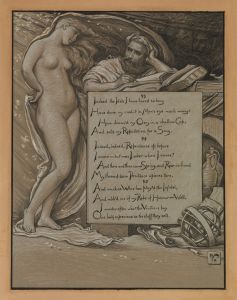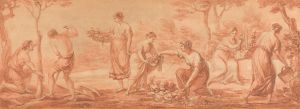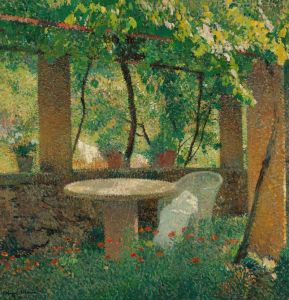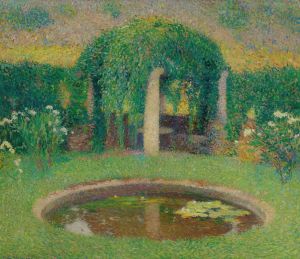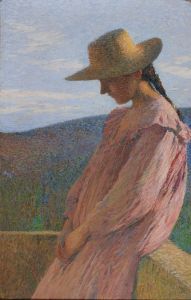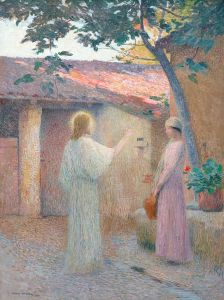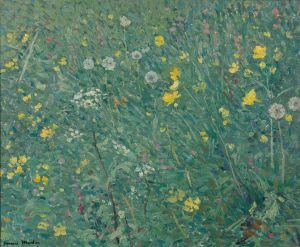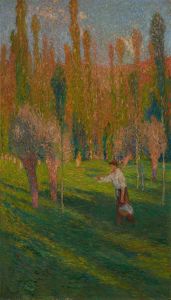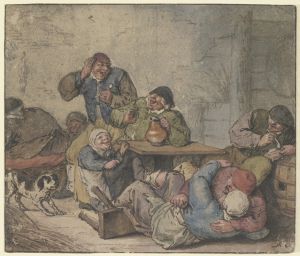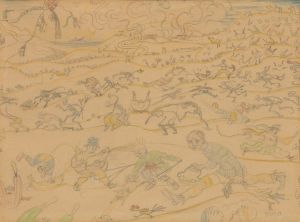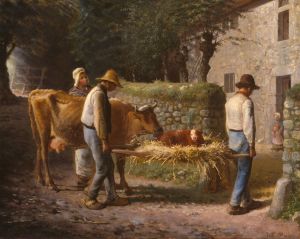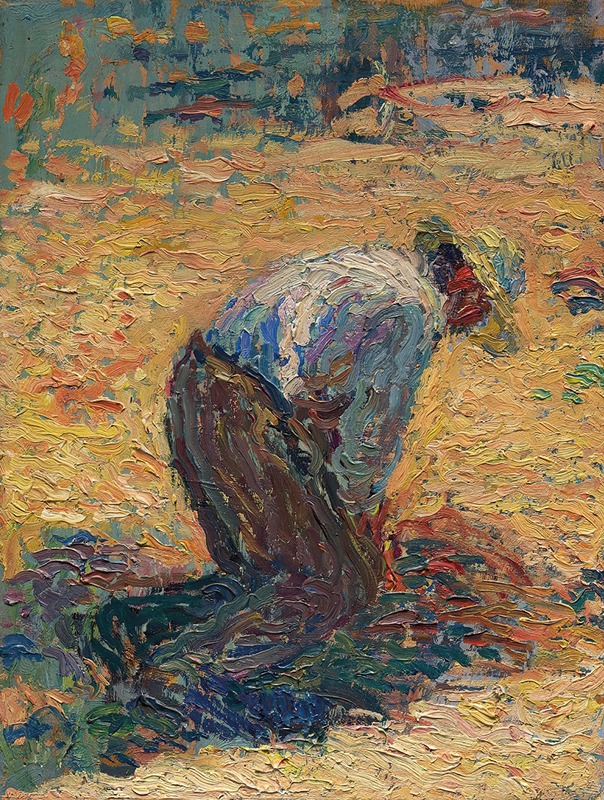
Étude pour ‘La Moisson’
A hand-painted replica of Henri Martin’s masterpiece Étude pour ‘La Moisson’, meticulously crafted by professional artists to capture the true essence of the original. Each piece is created with museum-quality canvas and rare mineral pigments, carefully painted by experienced artists with delicate brushstrokes and rich, layered colors to perfectly recreate the texture of the original artwork. Unlike machine-printed reproductions, this hand-painted version brings the painting to life, infused with the artist’s emotions and skill in every stroke. Whether for personal collection or home decoration, it instantly elevates the artistic atmosphere of any space.
Henri Martin was a prominent French painter known for his contributions to the Post-Impressionist movement. Born in 1860 in Toulouse, France, Martin developed a distinctive style characterized by his use of light and color, often depicting idyllic scenes of rural life and landscapes. One of his notable works is "Étude pour ‘La Moisson’," which translates to "Study for 'The Harvest'."
"Étude pour ‘La Moisson’" is a preparatory study for a larger composition, reflecting Martin's meticulous approach to capturing the essence of rural life. The painting is an exploration of the themes of labor and nature, common in Martin's oeuvre, and showcases his ability to blend realism with a more impressionistic touch. This study, like many of Martin's works, is imbued with a sense of tranquility and harmony, achieved through his masterful use of color and light.
The painting depicts a scene of harvesters working in the fields, a subject that Martin frequently revisited. The figures are often portrayed in a serene and almost timeless manner, emphasizing the connection between humans and the land. Martin's technique involves the use of small, distinct brushstrokes that create a shimmering effect, capturing the play of light on the landscape and the figures within it. This technique is reminiscent of the Pointillist style, although Martin's approach is more fluid and less rigidly structured.
Henri Martin's work is often associated with the Symbolist movement, and his paintings frequently convey a deeper, almost spiritual connection to nature. "Étude pour ‘La Moisson’" exemplifies this aspect of his work, as it not only depicts a physical activity but also suggests a deeper, almost meditative engagement with the natural world. The study serves as a testament to Martin's belief in the restorative and harmonious qualities of nature, a theme that resonates throughout his body of work.
Martin's career was marked by numerous accolades and recognition. He was awarded the prestigious Prix de Rome in 1883, which allowed him to study in Italy and further develop his artistic style. Throughout his life, Martin remained committed to his artistic vision, often retreating to the countryside to find inspiration for his paintings. His works are celebrated for their beauty and their ability to evoke a sense of peace and contemplation.
"Étude pour ‘La Moisson’" is a reflection of Henri Martin's dedication to capturing the beauty of rural life and his skillful use of color and light to convey emotion and atmosphere. Today, his works are held in high regard and can be found in various museums and private collections, continuing to inspire and captivate audiences with their timeless appeal.






